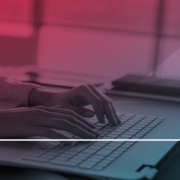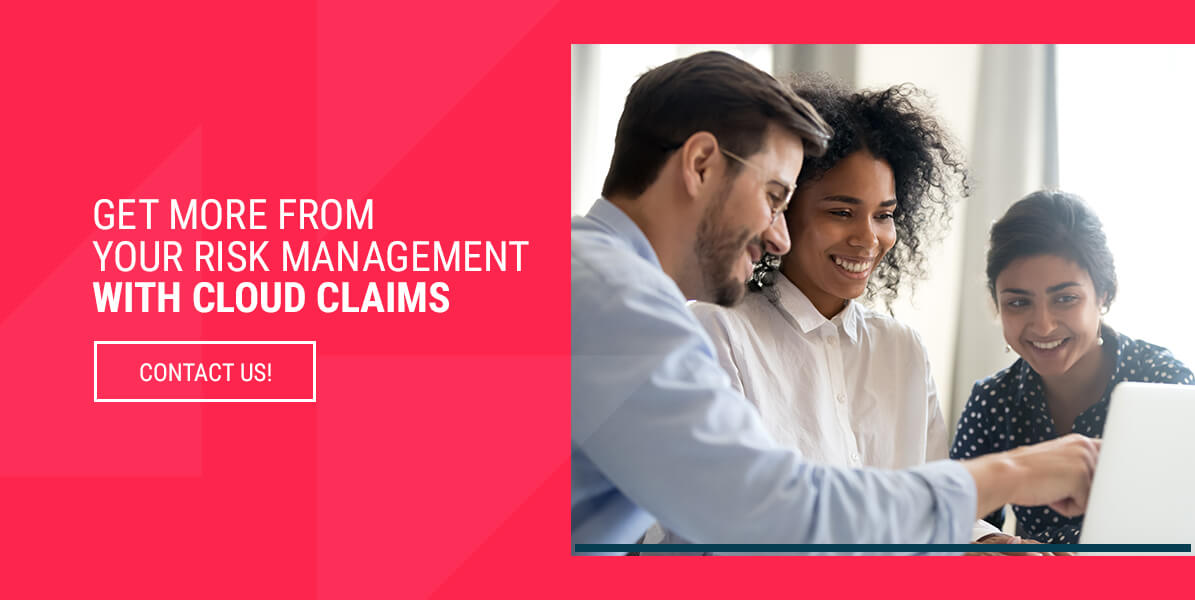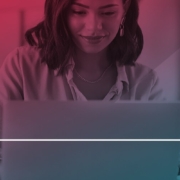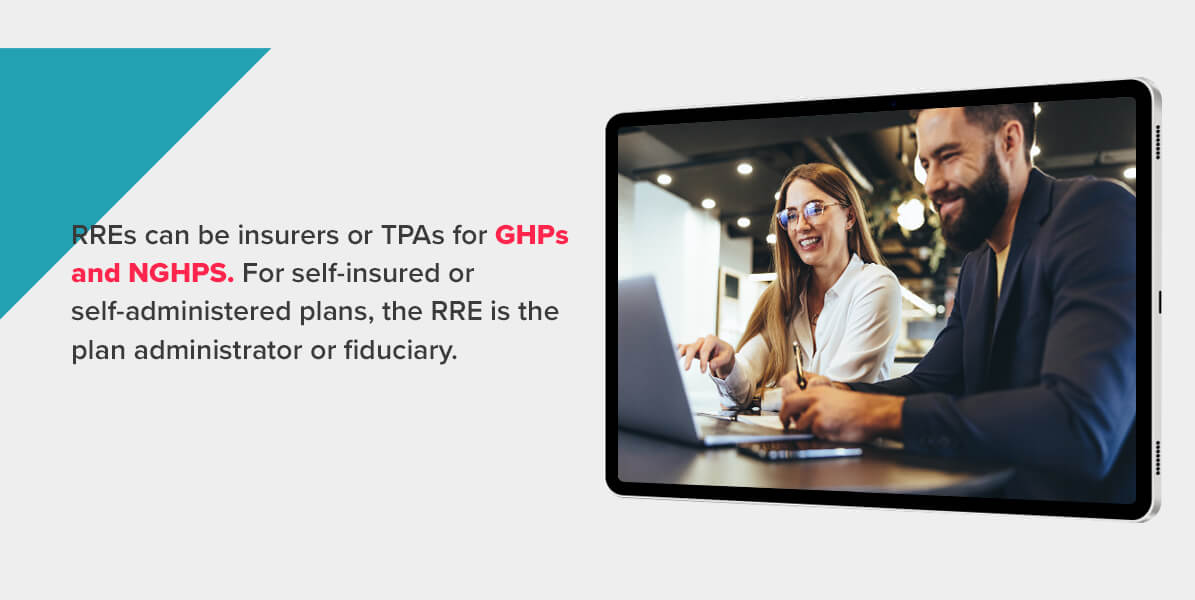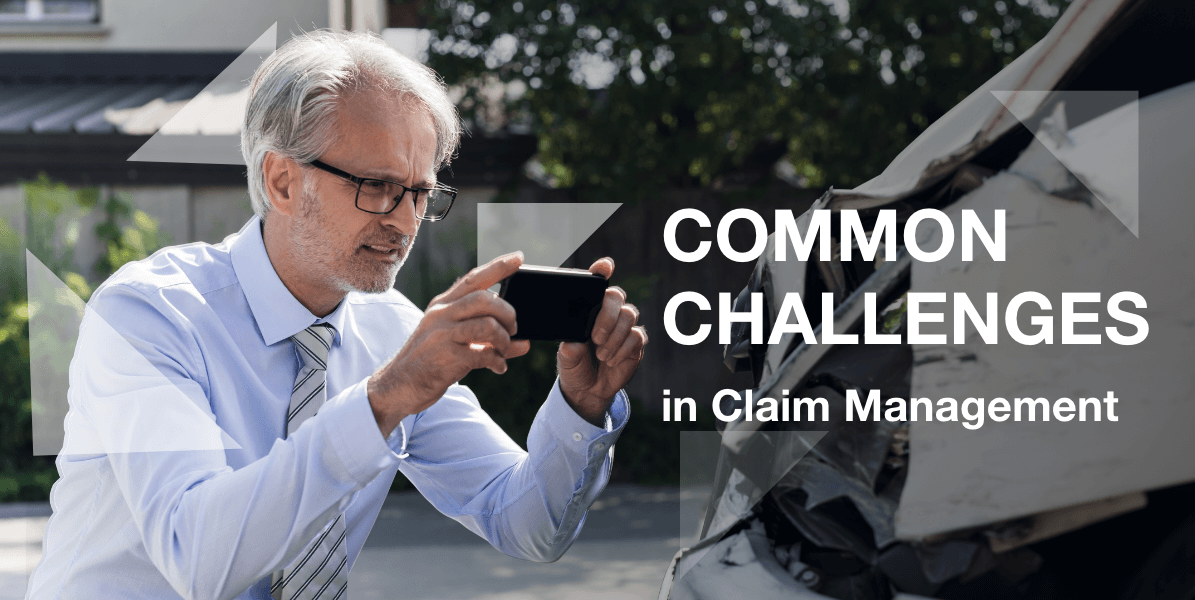Every industry has inherent risks, and proactive management is crucial for avoiding the consequences. Those consequences often involve monetary loss, but unmanaged risks can also hurt your organization in areas like agility, efficiency and reputation. Manual risk management usually involves outdated systems like spreadsheets and email attachments, but a risk management platform can streamline the process, and enable you to mitigate risk.
With the ability to capture incident data, identify root-cause, take corrective action and track progress, a digital system can help you revolutionize your approach to risk management and reap the many benefits that come with it.
What Is a Risk Management Information System?
A risk management information system, or RMIS (pronounced “RIM-iss”), organizes and stores a wide range of risk management data — such as claims records, property values and loss control measures — and turns it into actionable resources. A RMIS allows decision-makers to act on all available data and access relevant insights. It can also serve as an incident reporting tool and may have industry-specific features.
Some functions you might find in a RMIS include:
- Cloud-based access for field reporting from any device, in any location.
- Dashboards to visualize risk factors.
- Reporting features, such as loss run generation.
- Business rule modules to automate common actions and workflows.
- Claims and policy management.
- Property and asset management.
- Activity logs to track adjuster notes and actions.
- Notification of open action items, such as court dates, appointments and filing deadlines.
- Medicare Section 111 compliance.
- Financial tracking for reserves, payments, and collections.
The RMIS provides a centralized space for these resources, so users can access the information they need from one convenient program. Centralizing your data can provide more security, too, since users can store information directly in a protected system instead of fragmenting it across different devices and platforms.
What Are Risk Management Information Systems Used For?
Many different businesses use RMISs to avoid and keep track of incidents, claims and risks. Some circumstances that typically call for a dedicated RMIS include:
- High levels of risk: Industries like construction, manufacturing, utility and transportation naturally involve considerable risk with issues like potential injuries and damage to assets. A RMIS helps organizations respond to incidents, avoid them and factor them into business decisions to facilitate prevention.
- Regulatory compliance needs: Risks can also come in the form of violated regulations, so businesses like healthcare and food and beverage companies often use a RMIS to oversee them. They might use it to watch for potential violations and assess their impacts.
- Complex insurance coverage: Some businesses have complex, layered insurance policies and work with multiple carriers. A RMIS can help users navigate the demands and risks associated with each one.
- International concerns: Operating across borders can come with challenging policies and multiple languages and currencies. With a RMIS, businesses can more easily accommodate the risks associated with international operations.
- Large quantities of data: Large businesses or those with a large number of assets benefit from the visibility a RMIS offers. It can keep data in one place and let users access everything in an organized way, avoiding errors or time-consuming navigation demands.
The Benefits of a RMIS
While a RMIS offers the foundation for necessary tasks, a dedicated platform also helps businesses improve their risk management approach overall. A RMIS can offer benefits such as:
1. Fewer Errors and Auditability
When you use scattered apps and manual processes, errors become inevitable. A typo here or an outdated document there can result in costly ramifications for an organization dealing with claims. It could also lead to significant time spent fixing problems, such as chasing down files or repairing a damaged reputation. With robust tools for organization and automated reporting, a RMIS is a powerful resource for reducing human error.
A RMIS can help mitigate human error through detailed audit logs, as well. In highly regulated industries, for instance, these logs might be required, and the RMIS creates them automatically.
2. Business Agility
Modern businesses must be able to pivot their strategies in response to evolving demands. From normal fluctuations to adopting new technologies, agile capabilities let organizations respond to threats and make changes without excessive risk.
Agility is often a primary factor in company growth, and a RMIS supports agile initiatives by providing a clear picture of the company’s risk and a flexible, scalable platform.
3. Centralized Data
The old-fashioned approach typically involves stashing data away in various places, like individual laptops, hard drives and different apps. Files can get lost or destroyed, and users might have to spend precious time collecting information from other people. With a RMIS, your data stays in one place, ideally accessible through the cloud.
All users involved in the claims process can access the information they need from anywhere and on any device. An employee can manage claims from their phone in the field or on a desktop computer in the office. Data centralization also enables robust and customizable dashboards and reports for fast insights into the most important areas of risk management.
Overall, a centralized approach can help improve data quality, collaboration and speed.
4. Efficiency
Unsurprisingly, all that ease of use and flexibility can help employees work much faster. They can eliminate the tedious work associated with manual processes and focus more on the tasks that demand their attention and skill.
Some of the features employees might use to save time with a RMIS include:
- Automated reporting
- Workflows and event triggers
- Streamlined user interface
- Email/document templates
- Reminders
- Search tools
- At-a-glance dashboards
5. Cost Savings
With all of these benefits comes cost savings related to many different processes. For instance, greater efficiency can help save on labor costs and reduce employee frustration, while reduced errors can protect against violations or expensive fixes. Business agility can impact the trajectory of a company and allow for new possibilities that would not be possible if it was too difficult to make changes.
Get More From Your Risk Management With Cloud Claims
Now that you have seen RMIS explained, you can find the right tool for your business and approach risk management in a more effective way. Whether your main priority is speed, accuracy or something else, Cloud Claims can help. This cloud-based RMIS from APP Tech offers a host of features for reducing risk and working more efficiently, including:
- Rich and flexible reporting
- Thorough incident data capture
- Automated notifications
- Reminders and activity logs
- Tag-based organization
- A customizable dashboard
- Global Search
- Claim financials
Cloud Claims is an incident-based platform that is easy to deploy, scalable and tailored to the unique needs of your business. Our clients span diverse industries like transportation, insurance, third-party administration and construction. We push updates automatically and maintain top-tier security standards for all of our products.
Reach out today, and see for yourself why so many companies trust Cloud Claims and APP Tech for their risk management software.

